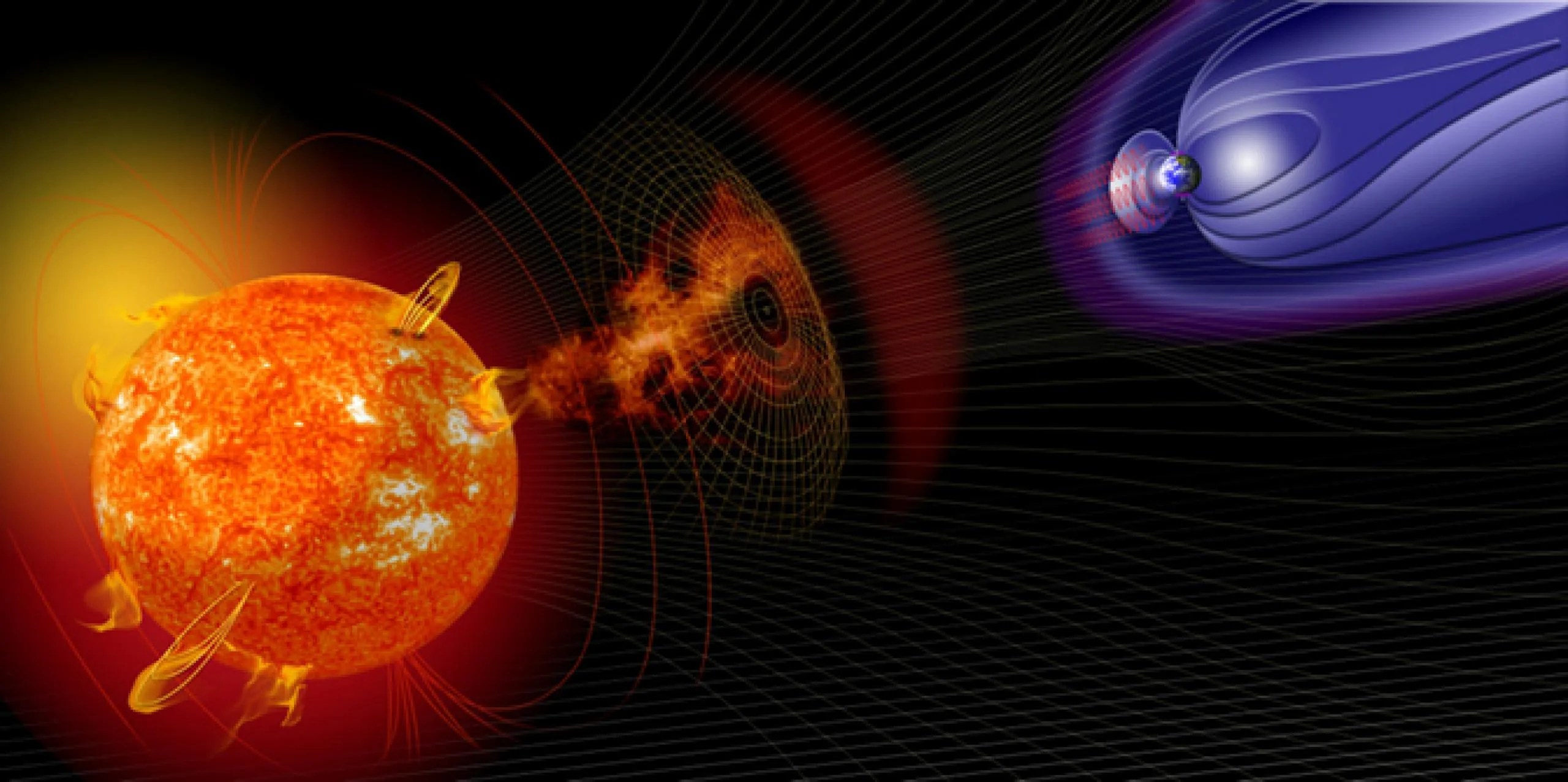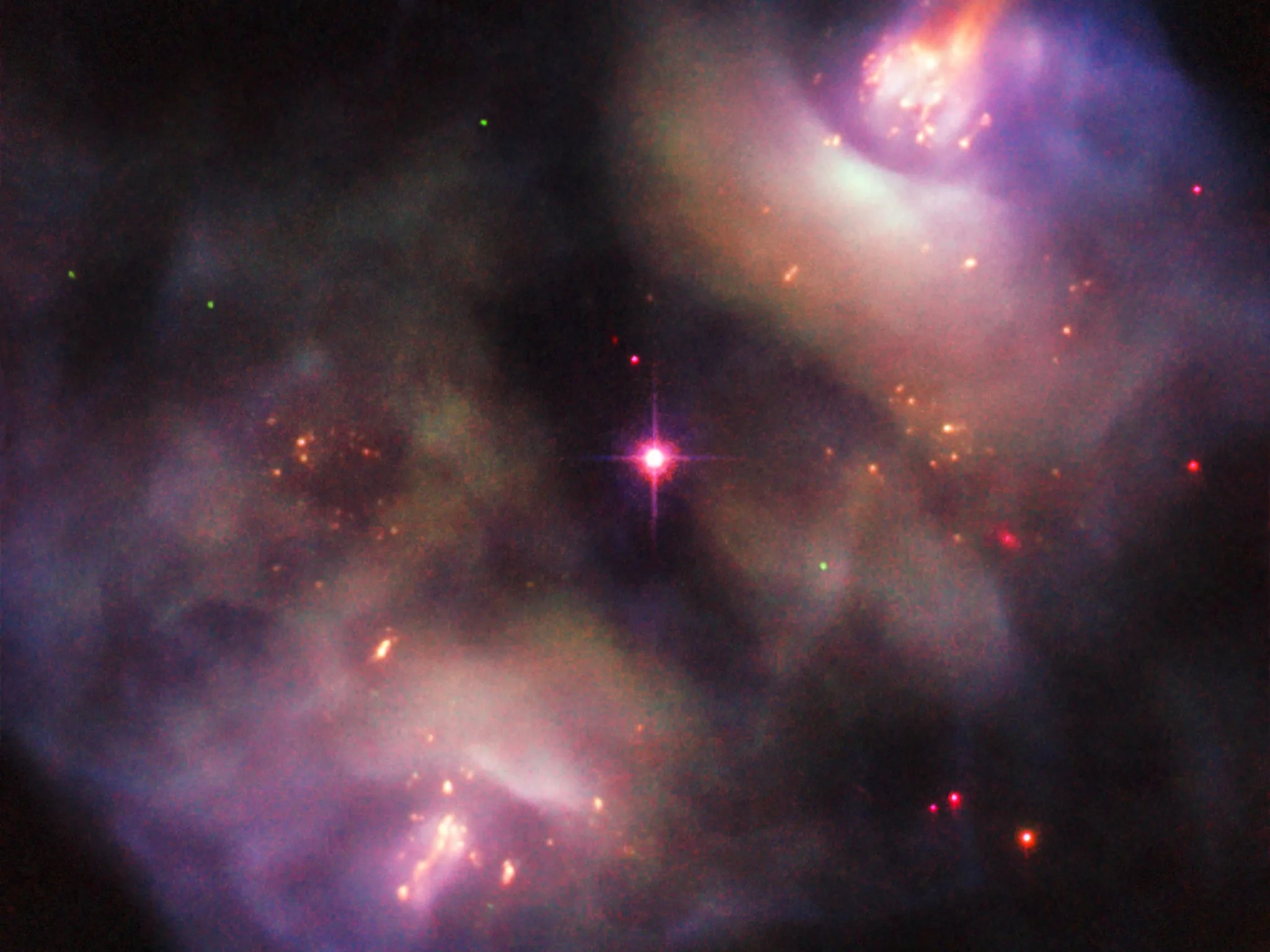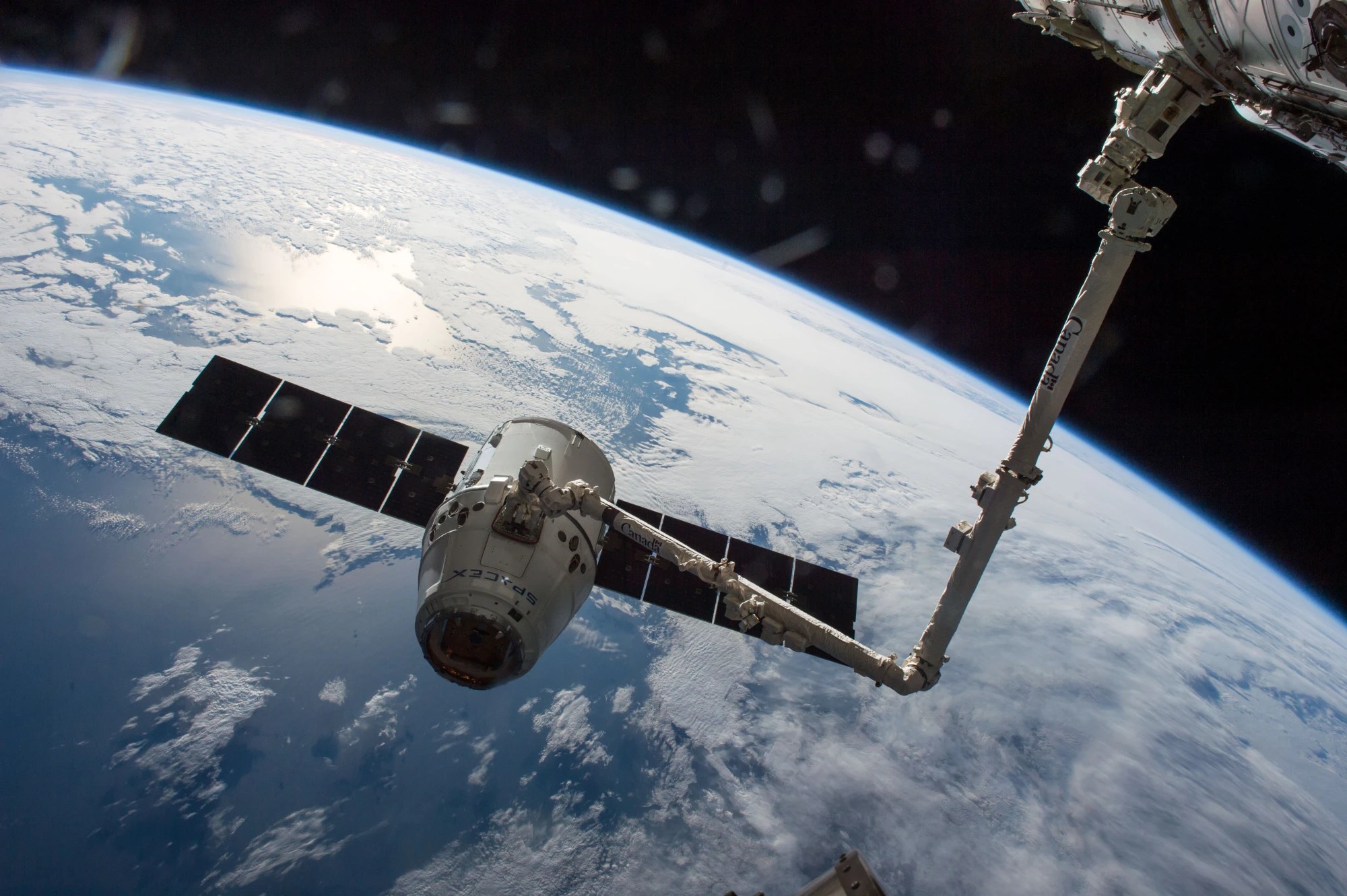Sounding Rockets
For over 40 years the Sounding Rocket Program has provided critical scientific, technical, and educational contributions to the nation's space program and is one of the most robust, versatile, and cost-effective flight programs at NASA.
Sounding rockets carry scientific instruments into space along a parabolic trajectory. Their overall time in space is brief, typically 5-20 minutes, and at lower vehicle speeds for a well-placed scientific experiment. The short time and low vehicle speeds are more than adequate -- in some cases they are ideal -- to carry out a successful scientific experiments. Indeed, there are certain important regions of space that are too low for satellites and thus sounding rockets provide the only platforms that can carry out measurements in these regions.
Sounding rockets can be an attractive alternative to orbital missions as they do not need expensive boosters or extended telemetry and tracking coverage since they never go into orbit. As a result, mission costs are substantially less than those required for orbital missions. The sounding rocket program takes advantage of a high degree of commonality and in many cases, only the experiment -- provided by the scientist -- is changed. In some cases, such as almost all astronomy, planetary, solar, and microgravity missions, the payloads are recovered, which means the costs of the experiment and sub-systems are spread out over many missions.
Not only are sounding rocket missions carried out at very low cost, but also the payload can be developed in a very short time frame -- sometimes as quickly as 3 months. This rapid response enables scientists to react quickly to new phenomena (such as observing the Shoemaker-Levy comet impact to Jupiter) and to incorporate the latest, most up-to-date technology in their experiments.
The sounding rocket program continues to serve as a low-cost testbed for new scientific techniques, scientific instrumentation, and spacecraft technology, eventually flown on numerous satellite missions. For example, COBE, CGRO, EVUE, FAST, ASTRO-2, UARS, SOHO, TRACE, and numerous other recent NASA satellite missions have been enabled by technology and techniques developed in the suborbital program. Furthermore, the low cost of sounding rocket access to space fosters innovation: instruments and/or technologies which are not sufficiently developed to warrant the investment of satellite-program scale funding are often proto-typed with initial space testing on sounding rockets.
In addition to science and technology, sounding rockets also provide invaluable tools for education and training. For example, a three-year sounding rocket mission at a university provides an excellent research opportunity for a Ph.D. dissertation, in which the student carries the project through all of its stages -- from conception to hardware design to flight to data analysis and, finally, to publication of the results. This hands-on approach provides the student with invaluable experience of understanding the space flight mission as a whole. Over 350 Ph.D.'s have been awarded as part of NASA's sounding rocket program
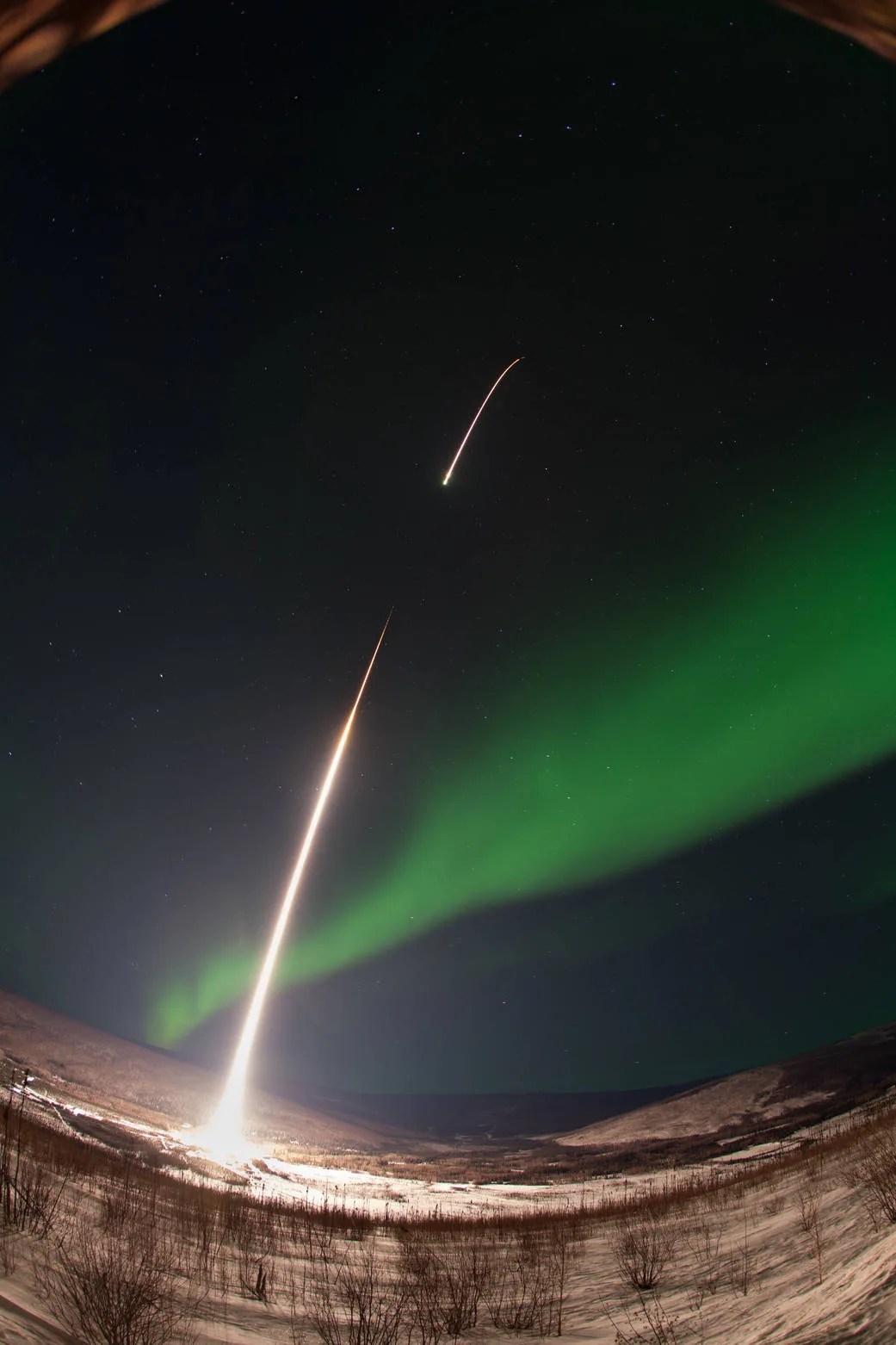
The Sun
The sun is a dynamic star, made of super-hot ionized gas called plasma.
The sun's surface and atmosphere change continually, driven by the magnetic forces generated by this constantly-moving plasma. The sun releases energy in two ways: the usual flow of light that illuminates the Earth and makes life possible; but also in more violent and dramatic ways--it gives off bursts of light, particles, and magnetic fields that can have ripple effects all the way out to the solar system's magnetic edge.
Read More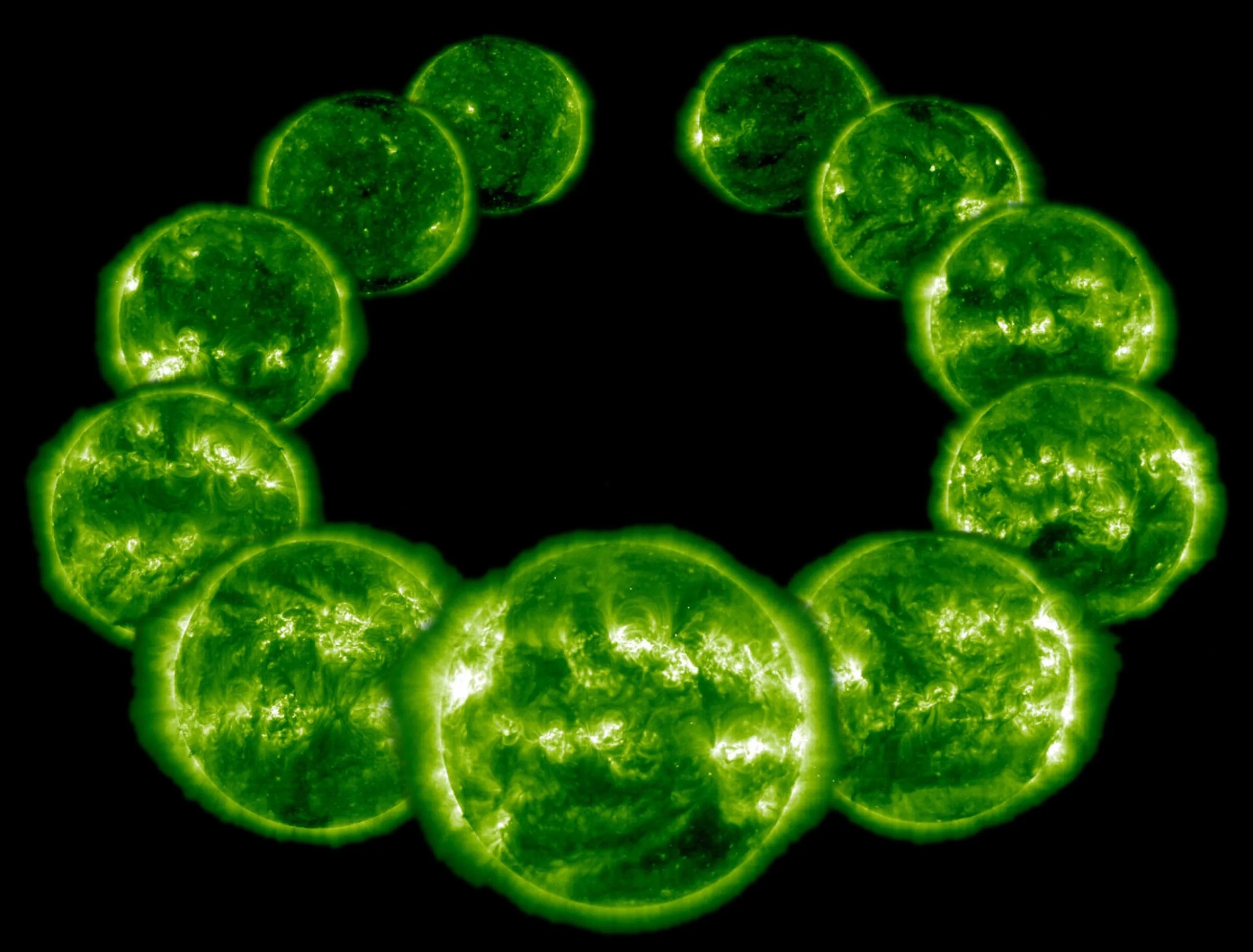
Magnetospheres
A magnetosphere is the region around a planet dominated by the planet's magnetic field.
Other planets in our solar system have magnetospheres, but Earth has the strongest one of all the rocky planets: Earth's magnetosphere is a vast, comet-shaped bubble, which has played a crucial role in our planet's habitability. Life on Earth initially developed and continues to be sustained under the protection of this magnetic environment.
Read More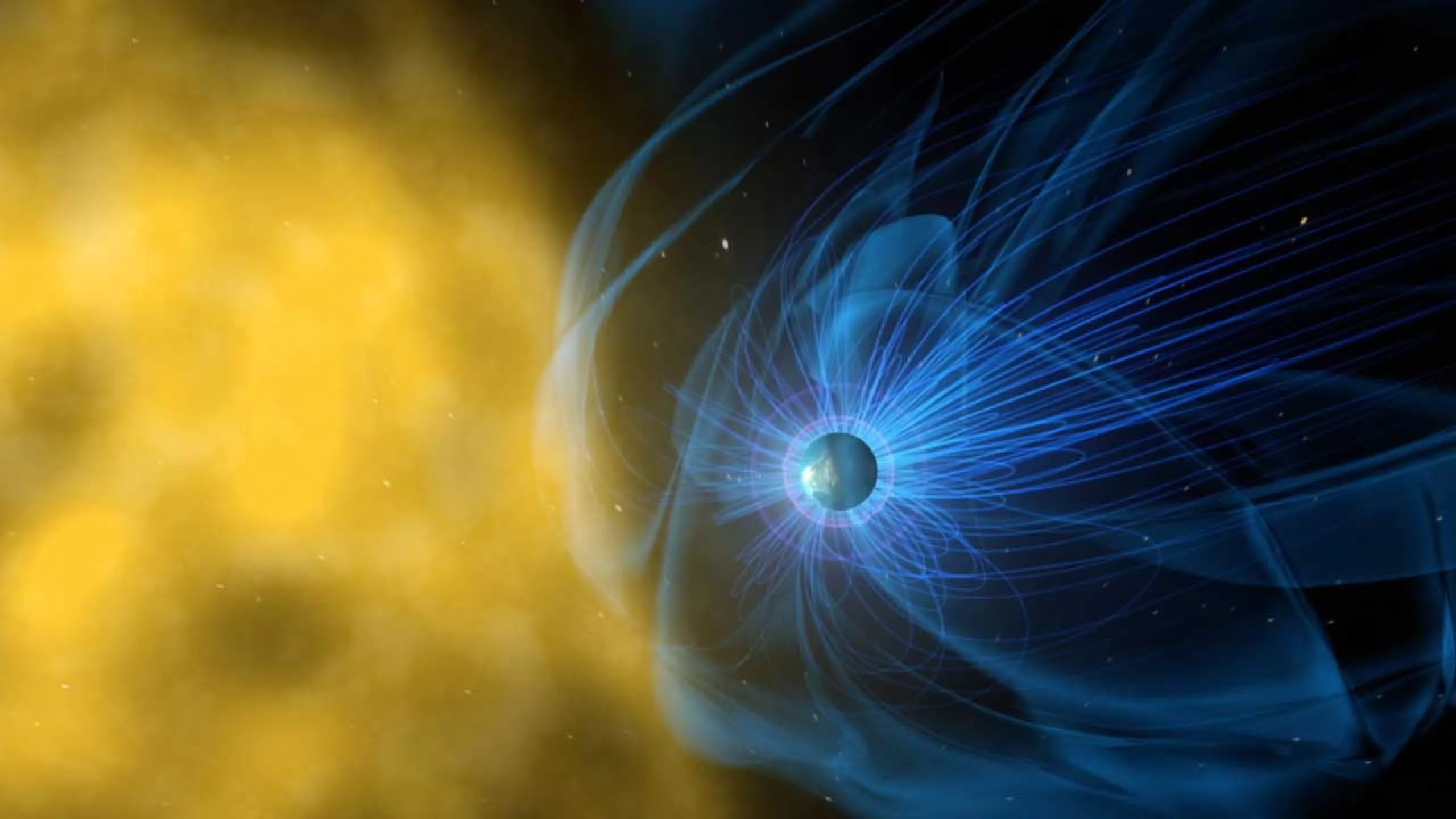
Space Weather
Though space is about a thousand times emptier than even the best laboratory vacuums on Earth, it’s not completely devoid of matter.
The sun’s constant outflow of solar wind fills space with a thin and tenuous wash of particles, fields, and plasma. This solar wind, along with other solar events like giant explosions called coronal mass ejections, influences the very nature of space and can interact with the magnetic systems of Earth and other worlds. Such effects also change the radiation environment through which our spacecraft – and, one day, our astronauts headed to Mars – travel.
Read More